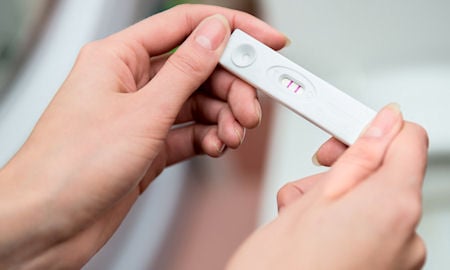
Success Rates
The outcome of an IVF cycle is based on multiple factors, with the major predictor being age at the time of the egg retrieval. Since women are born with all the eggs they will have in their lifetime, as one ages, the number and quality of these eggs will decline. So, the later a patient is in their reproductive years, the lower the success with IVF, including an increase in the chance for a miscarriage – particularly if a patient is above the age of 40.
One can look at the success of an IVF cycle by using the “Three E’s” approach – the endometrium (uterine lining); the embryo (grade); and the embryo transfer (the degree of difficulty placing the embryo inside the uterus). The doctor uses the appearance of the endometrium as a guide to determine the best timing for embryo transfer. The embryology team examines the embryo under the microscope to provide its “grade” based on the appearance of the cells that make up the future fetus (inner cell mass), those that will become the placenta (trophectoderm), and the overall shape of the embryo. Lastly, the doctor typically practices the embryo transfer prior to the cycle to determine how easy the transfer will be and if any steps are necessary to improve the ability to transfer the embryo.
SART provides an online calculator to predict success. This is an excellent tool to estimate the cumulative live birth rate up to three cycles. A “cycle” involves egg retrieval and the transfer of all the embryos from that cycle. This information is calculated based on the experiences of patients with similar characteristics. The estimates are based on the data available and may not be representative of a patient's specific experience.
An important note is that patient characteristics may vary among clinics, so using SART statistics to compare clinics may not influence a patient’s personal chance for success.

